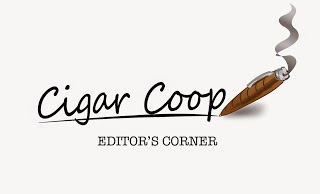Last month, my editorial focused on the release of what I termed “stealth products” into the cigar marketplace. Putting it directly, my comments ruffled more than a few feathers.
I’ll recap my definition of what these Stealth Products are:
A stealth product as a cigar that has had virtually no marketing and for the most part have been sight unseen before arriving at a retail cigar establishment. While this is not an entirely new concept to the cigar industry, stealth products have been showing much more frequency this month than any time in the history of the U.S. premium cigar business.
There is one common thread about the recent swarm of these stealth products: they were sold, invoiced, and shipped to retailers all before August 8th, 2016 – the date when the Deeming Regulations took effect. Any cigar released from August 8th and beyond must get regulatory approval from the FDA.
The reason for stealth products is that there is a window that extends to February 7, 2018 where cigar manufacturers and brand owners have can apply for FDA approval for products that are not grandfathered from regulation (February 15, 2007) but released before the August 8th date. Therefore, there was a rush of products released before August 8th.
In a nutshell, I commented that I feel this is a dangerous path the cigar industry has taken.
Specifically I wrote:
In this author’s opinion, the stealth product approach is a very dangerous path the cigar industry is taking. While I get the benefits of getting around the August 8th deadline, to me to put any product on the market without putting some level of marketing concerns me. I’m also concerned of products appearing on shelves that “might not be quite ready”. On top of that, I don’t see consumer demand increasing to keep up with what will be a larger supply of cigars hitting the marketplace.
Net-Net: While I don’t claim to be an economics expert, the idea of increasing the supply of product (cigars) in the market with little to no marketing behind it- all while demand constant stays doesn’t seem to be a formula for long-term success.
This led to several unhappy phone calls, emails, and comments to this author. Much of the feedback I got was that this was an important way for companies to survive the next two years and beyond. It was providing a mechanism that where it still would allow for future products to be showcased until February, 2018.
I’ll stand by my premise for the first editorial. The increase in supply without an increase in demand is not a healthy economic model whatsoever. There are two important points to consider:
- Those products in the marketplace that have marketing behind it are going to have an advantage over the Stealth (unmarked) products being introduced to the marketplace.
- The longer one waits to market the product, the shorter the window to February 7, 2018 (the date the products on the market must is when the product can remain on the market. Ultimately there is a risk this product may have to be pulled. It also provides a shorter window to ramp up production.
I understand the need for this Stealth Approach. I just think introducing product without some parameters is dangerous given the laws of economics. I offer a couple of strategies that I would be doing as either a manufacturer or retailer.
1. Soft Launches
An observation I noticed is some retailers who are receiving stealth product are putting them on the shelves, some are not. While these are not currently being distributed in large volumes, in the end I think all of these smaller volume releases combined will create a excess supply of cigars.
To me, if the product is being put on the shelf by either one retailer or a group of retailers, it would be beneficial to market the product as a “soft launch, limited release”. It would create awareness up front and potentially generate some excitement for the full national launch. This will allow it to stand out.
One side note – the larger companies are going to be much better equipped to execute a marketing strategy between now and February 2018. This means a smaller company executing on a stealth product strategy is going to ultimately be at a disadvantage.
2. Don’t Ignore Educating the Consumer
While I am not a retailer, if I owned a shop, I want my team be educated on every product I am carrying. If information on a release is not available, it would not be a product I would be putting on the shelf. If I cannot educate a consumer on the cigar, then I would not want to sell it, nor take up shelf space of something I know about and can sell.
Last month, I also commented how we have made a decision not to chase down information on these Stealth Products. There certainly won’t be a review on Cigar Coop as our policy is to only deep review cigars that we have information on. It doesn’t mean we won’t cover news or do a review, but we won’t do it until a company chooses to market it.
Ultimately to educate a retailer or media, that responsibility falls on the manufacturer. From a consumer standpoint, the majority of consumers are not going to be aware of what is a stealth product and what is not. It’s going to result in a lot of confusion for the consumer, so this is why I think it’s important for manufacturers to educate and promote these products if indeed they plan to keep them on the market.
—
I want to see the cigar industry succeed as the regulatory era in the cigar industry progresses. I just think there is a better way.




